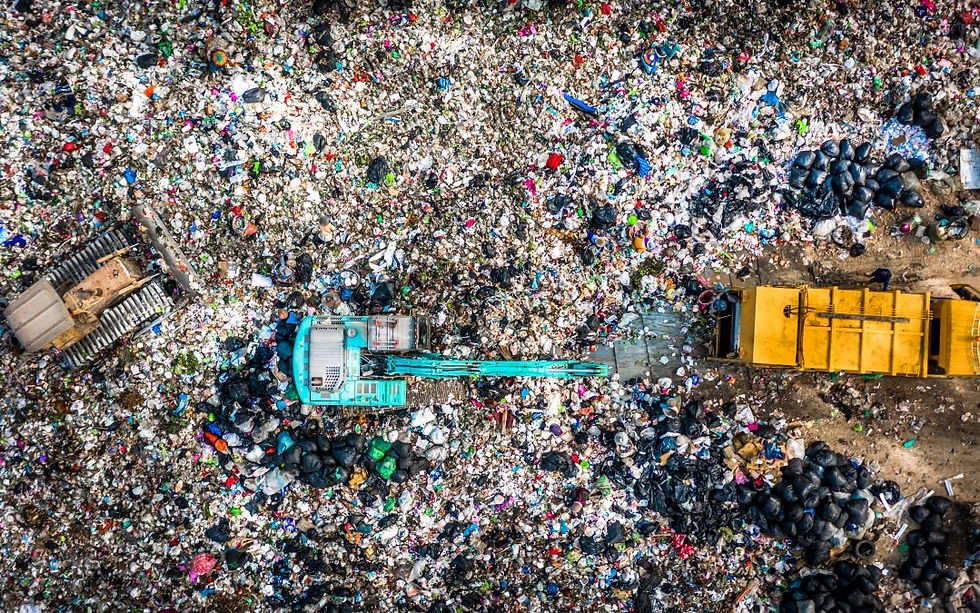What's the issue with fast-fashion?
- Samarth Modi

- May 20, 2021
- 3 min read
Updated: May 21, 2021
Fast-fashion is a design, manufacturing and marketing method which focusses on rapidly producing high volume of clothes. But why is it frowned upon?

Fast fashion is a process through which big brands like Zara and H&M maintain their foothold in the market. It follows the philosophy of producing new products every month - these large brands change their stock frequently in order to stay ahead of the game.
This regular stock change takes a toll on the world, due to which today the global sustainable community disagrees with this "fast" practice. But why did this come about? See, till the mid-1900s, the entire fashion world worked on four seasons: fall, winter, summer and spring. However, as the world progressed and fashion trends changed over time, these mass brands created 52 micro-seasons. They started to launch a new collection every week.
Zara started a bi-weekly trend - in which new stocks and merchandise would reach stores every couple of weeks. This created a trend which the entire industry started following and instigated "fast-fashion". Now, Zara, H&M, and Topshop produce about 53 Million Tons of apparel annually, and it is to touch 160 Million Tons in the near future.
Now coming back to why it is frowned upon? Fast fashion negatively impacts the environment, the workers, and the consumers' wallets. Due to the pre-planning of the products, designers are already manufacturing products that are to be launched 6-8 months in the future. This pre-planning helps the businesses stay ahead. However, it worsens the environment.
In the US alone, more than 11 million tons of apparel are dumped in landfills and rivers annually. Which could cover about 20 football fields.
This is an outcome of the rapid change in options, due to which the majority of the manufactured merchandise remains unsold. This trend continues, and the dumped quantities are increasing. Over time, the dumped products release toxins and cause adverse impacts on regional animals, which in the long run pose threats to human health.
Furthermore, the rapid production process releases immense Greenhouse Gasses and causes deforestation (for material). Not only that, the labour-intensive production process relies on large sweat-shops. Moreover, these fast-fashion products are generally priced higher for the quality that they are providing. The fast approach towards production faces lower quality checks, and the rush obviously takes a toll on the products. Therefore, these are the many concerns surrounding it - but unfortunately, it cannot be stopped.
This is how the industry works, and this is how fashion functions now. For more than half a century, this is how the world has worked, this is how profits have been made. The future can only focus on changing the production method, not the quantity.
New take-back programs and charities have started collecting products for up-cycling; moreover, now majority of the brands have placed bins in their shops to recycle material. There are new design philosophies and recycling methods that are being placed to curb the negative environmental problems, and social organisations are resolving to fight against sweatshops.
Time will tell how the world resolves against fast fashion, but we can safely assume that it is not going to stop. The goal is to start recycling in a more centralised and assertive manner to curb the deadlier poison: environmental damage. Steps are being taken in the right direction, it is a mere question of time and execution of green-designing philosophies.





Comments